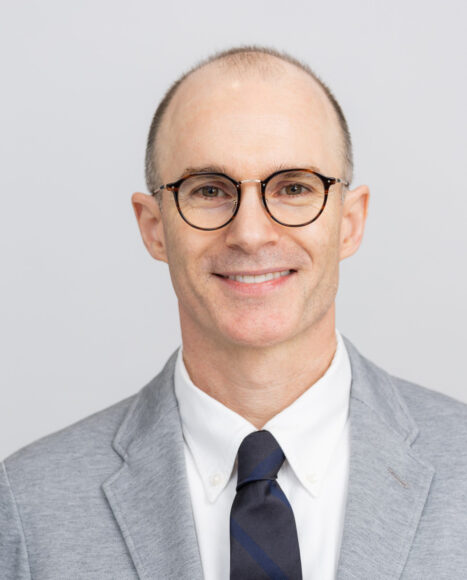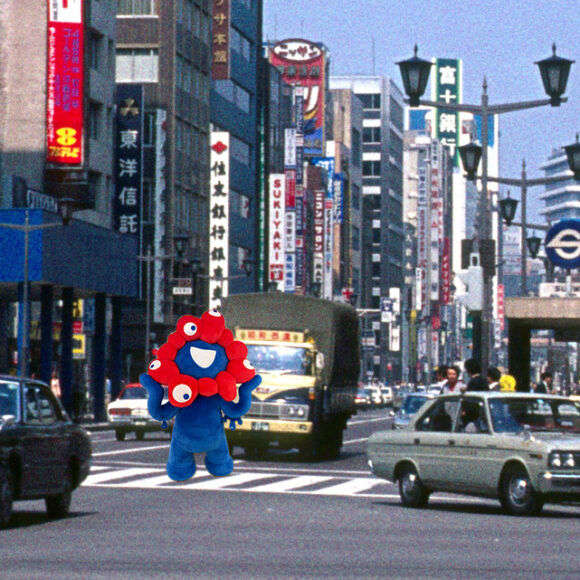
Urban Dreams, Comedic Screens: The Osaka Expo and 1970s Japanese Television
Free Talk Event
march 13, 2025
Life in the Future. Architecture and Urbanism at Osaka World Expo 1970
Concomitant conditions simultaneously converged into the success and innovative spirit behind the Osaka Expo 1970, such as the global trend promoting enthusiastically the techno-utopian thinking and futuristic city visions which animated the 1950-60s as mainstream in the popular culture and among designers, and the eagerness of Japan to replicate the recent triumph of the Tokyo Olympic Games 1964, both in terms of national pride and international prestige. Under the broad theme of “Progress and Harmony for Mankind”, the expo event in Osaka, the first World Fair in Asia, became a showcase of technological innovation, industrial supremacy, corporate power and modernisation for the masses. This presentation will outline several aspects of the expo city as condenser of the wonders of technology and forerunner of the mirai no toshi (city of the future) conceived and built around high-density spaces, computerised systems, automated mobility networks, and gigantic frame architectures featuring capsule homes. It will highlight the role of the director and master planner of the expo city, Kenzo Tange, and critically discuss some of the pavilions designed for the event, with a focus on the contributions by the group Metabolism.
Topics to be covered
- Urbanisation and growth of the cities in Japan during the period of rapid economic expansion and modernisation of post-war Japanese society (1950/60s)
- Worldwide influence of techno-utopianism in pop-culture and diffusion of mega-structural movements in architecture during the 1960s
- The design of Osaka Expo City and the visions of the ‘City of The Future’ in Japan
- Outline of Kenzo Tange and the Metabolists’ architectural and urban design projects at Osaka Expo
- Significance, shifting paradigms and legacy of 1970 Osaka Expo

DR RAFFAELE PERNICE
Raffaele Pernice is a Senior Lecturer at UNSW Sydney. An urban and architectural historian by training, he holds a PhD in Architecture from Waseda University, Tokyo and a M.Arch from the University IUAV of Venice, Italy. His academic focus lies at the intersection of architecture, urban design and city planning and he is editor of The Urbanism of Metabolism. Visions, Scenarios and Models for the Mutant City of Tomorrow (Routledge 2022) and Waterfront Regeneration in a Time of Climate Change: Recent Japanese and International Experiences (Routledge, upcoming 2025).
Dr. Pernice is a licensed architect in Italy and the EU, and he has been awarded several competitive grants and fellowships in Japan (Monbukagakusho – MEXT, the JSPS, the Japan Foundation), Australia, Italy, among others.
From Stage to Screen: How Traditional Comedy Shaped Japanese Television’s Golden Age
The 1970s marked a transformative period in Japanese comedy, as traditional performing arts adapted to the television age while helping shape its development. This talk explores how centuries-old comic arts like rakugo and manzai influenced and were transformed by the emerging medium of television. Drawing on extensive research and performance experience, Dr. Shores examines how traditional comedic timing, storytelling techniques, and performer-audience dynamics were adapted for broadcast media. Special attention will be paid to variety shows like “8 ji da yo! Zen’in shūgō” (1969-1985) and their roots in yose theater traditions. The talk reveals how television producers initially struggled to capture live comedy’s energy but ultimately developed new forms that both preserved and reinvented Japan’s rich comedy heritage. Understanding this pivotal period illuminates both the enduring influence of traditional arts and the evolution of modern Japanese entertainment.
Topics to be covered
-
The transition of comic arts from stage to television in postwar Japan
-
Traditional performance techniques and their adaptation to broadcast media
-
The role of yose theaters as training grounds for television personalities
-
Evolution of comedic timing and audience interaction in the television age
-
Cross-pollination between rakugo, manzai, and variety show formats

DR MATTHEW SHORES
This is the first day of the talk event, The Osaka Expo and 1970s Japan: Pavilions, Punchlines, and Pandemonium.
RELATED EVENT
EVENT DETAILS
March 13 (Thursday), 2025
6:00pm-7:30pm AEDT
35min talk + 35min talk + Q&A
Onsite & online via Zoom
Free; bookings not required
MORE INFO
Find out about the Osaka Expo 1970 event.
VENUE
Onsite & online via Zoom
*There will be NO VIDEO RECORDINGS available.
ENQUIRIES
(02) 8239 0055
Presented by


